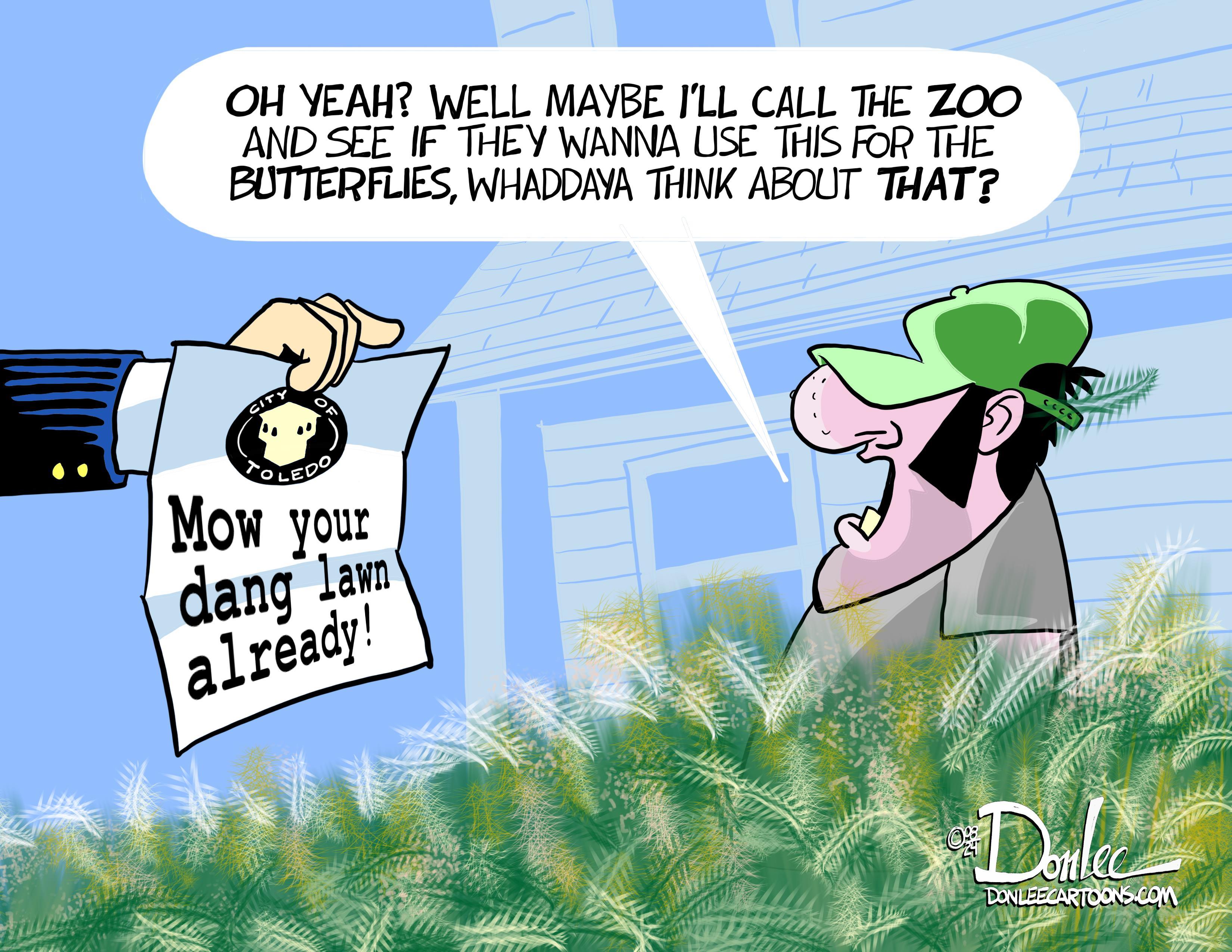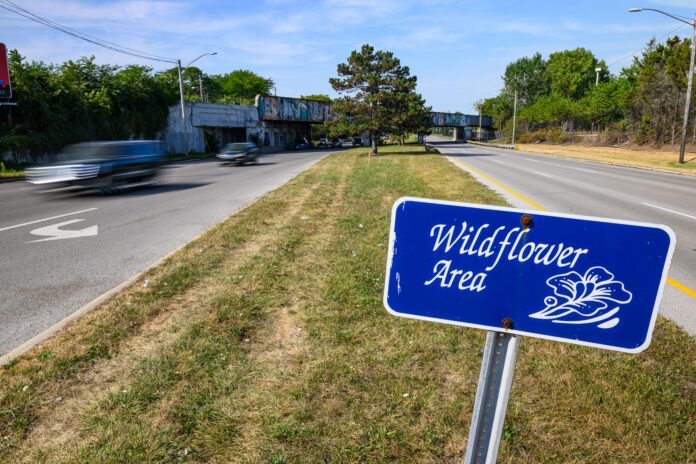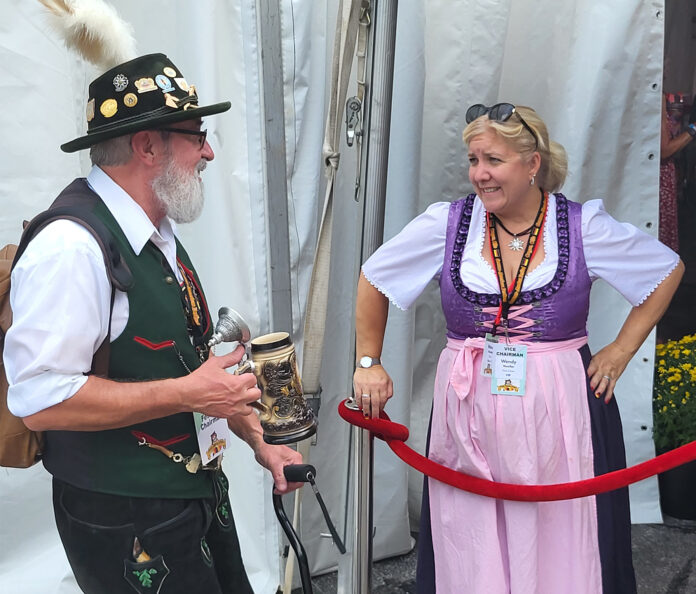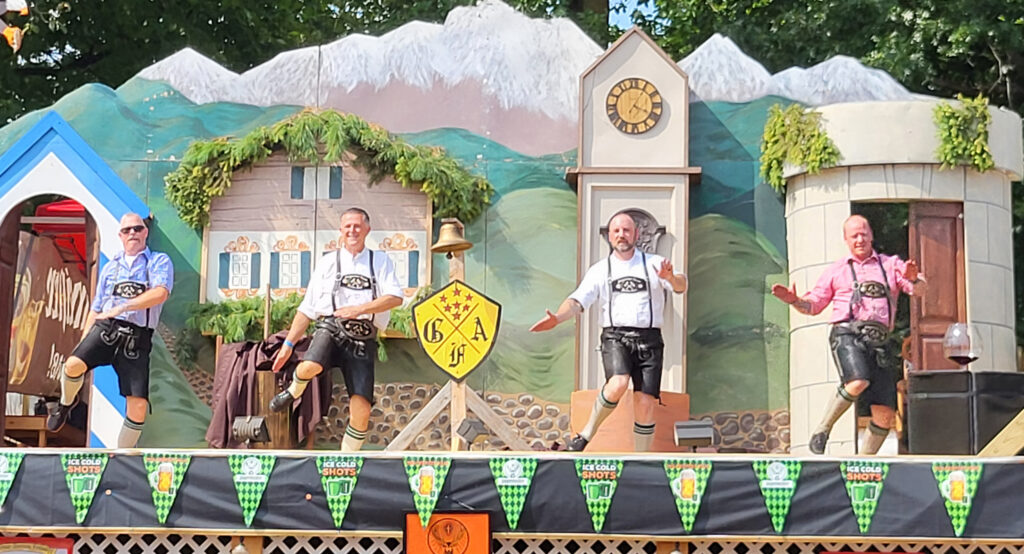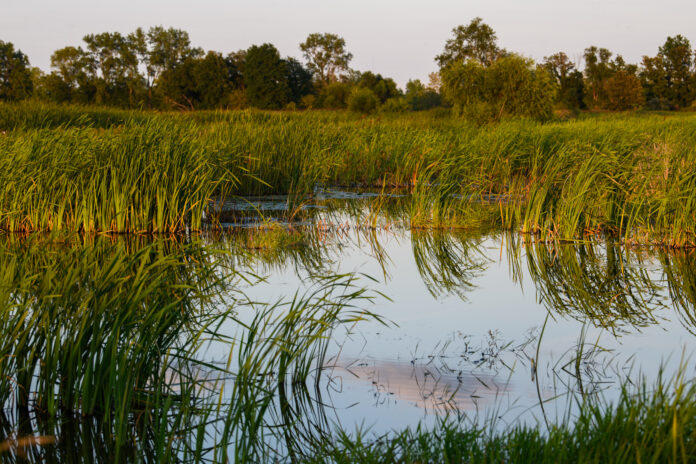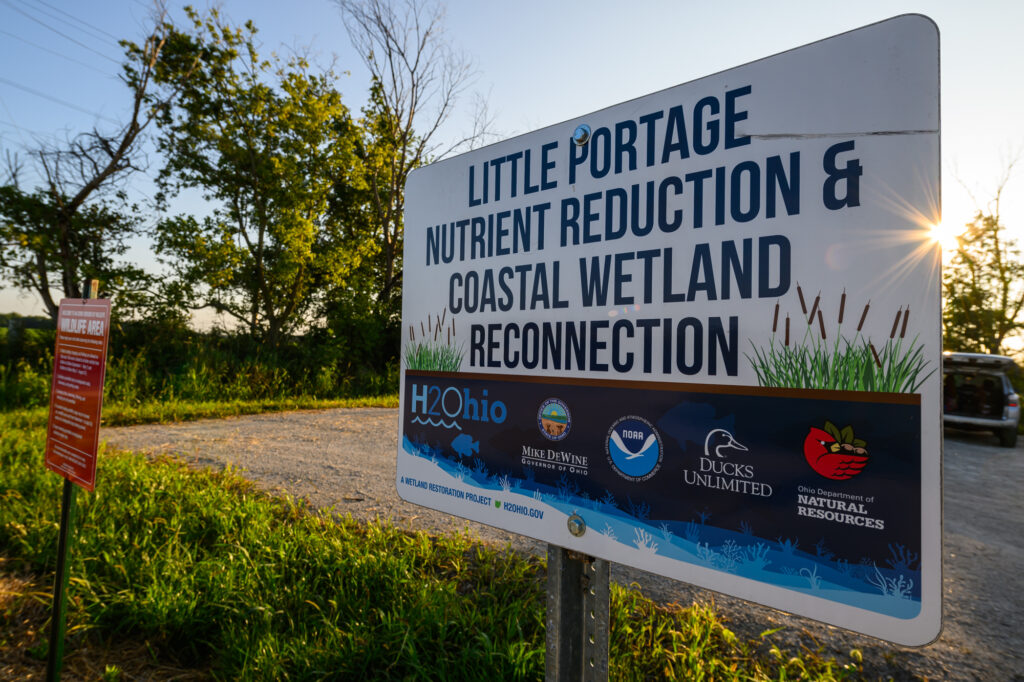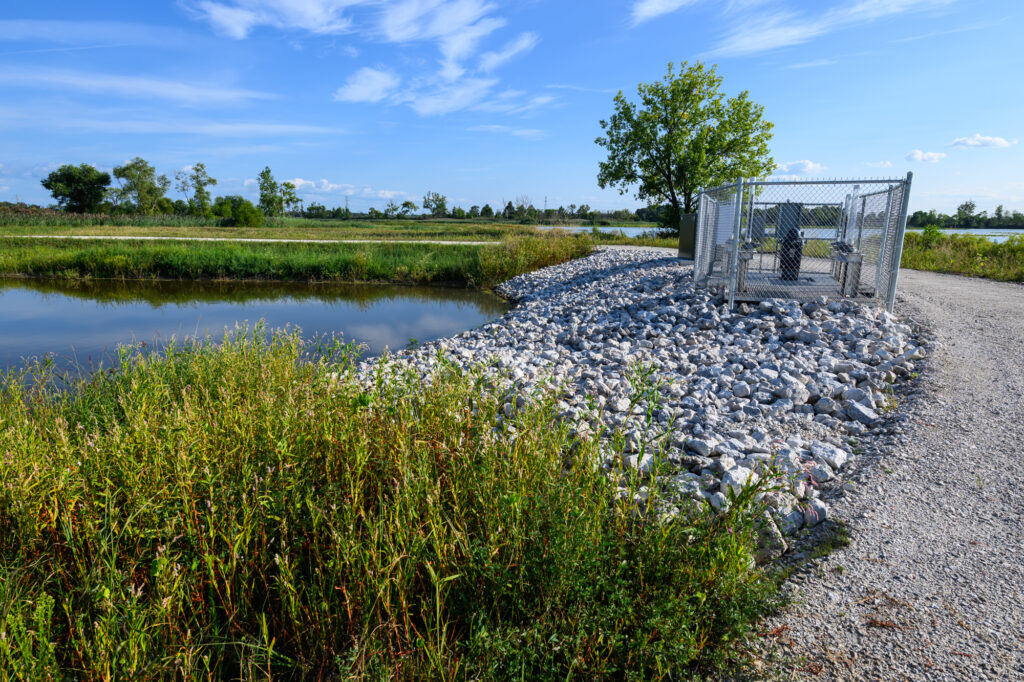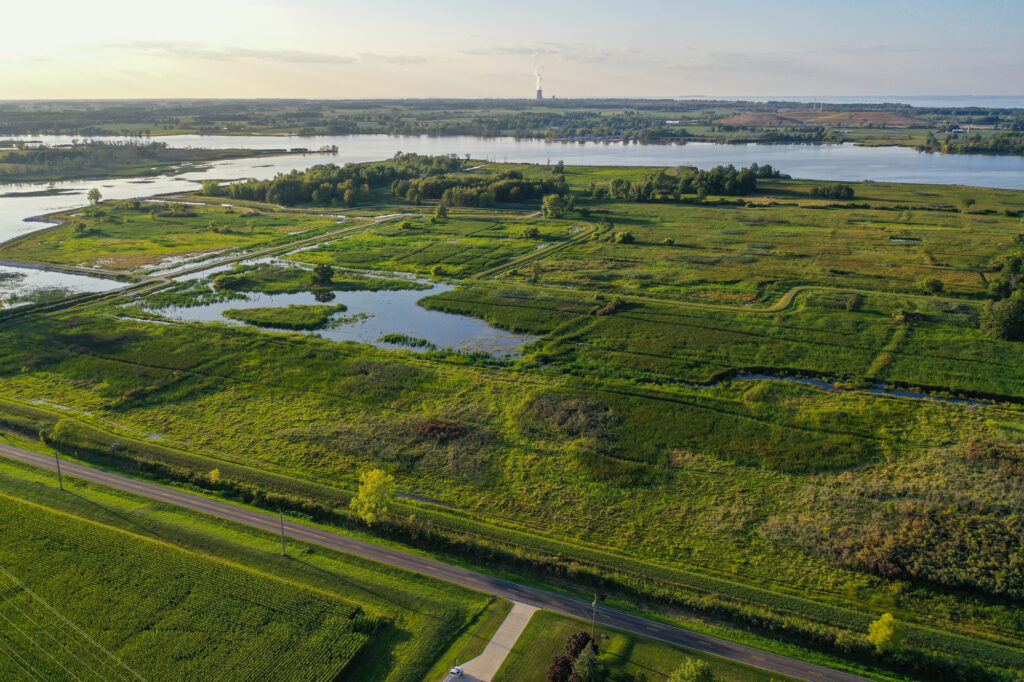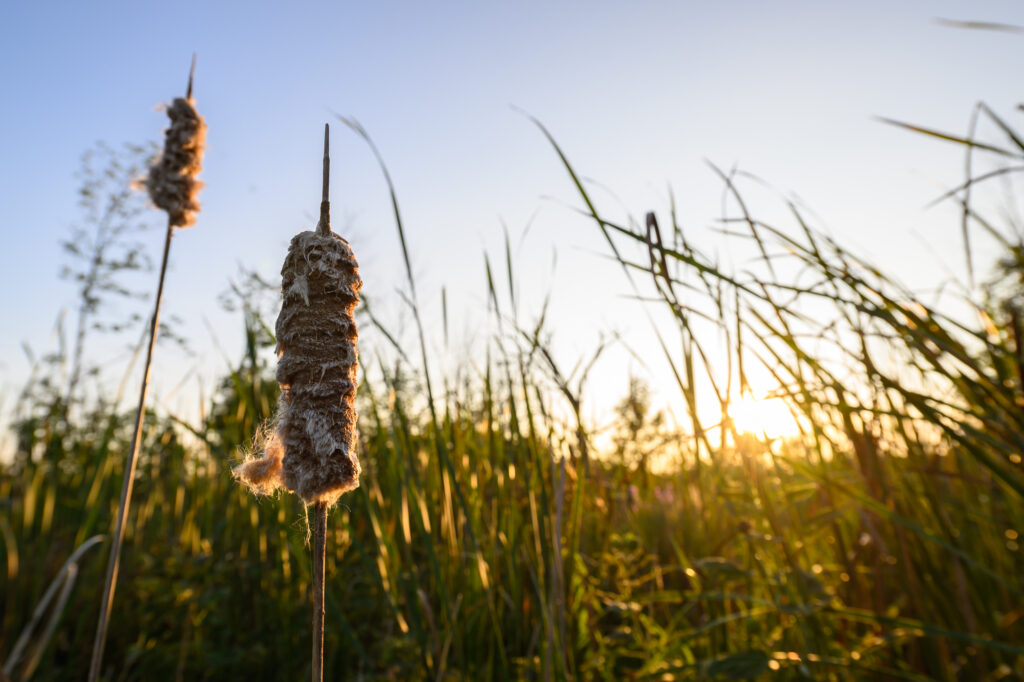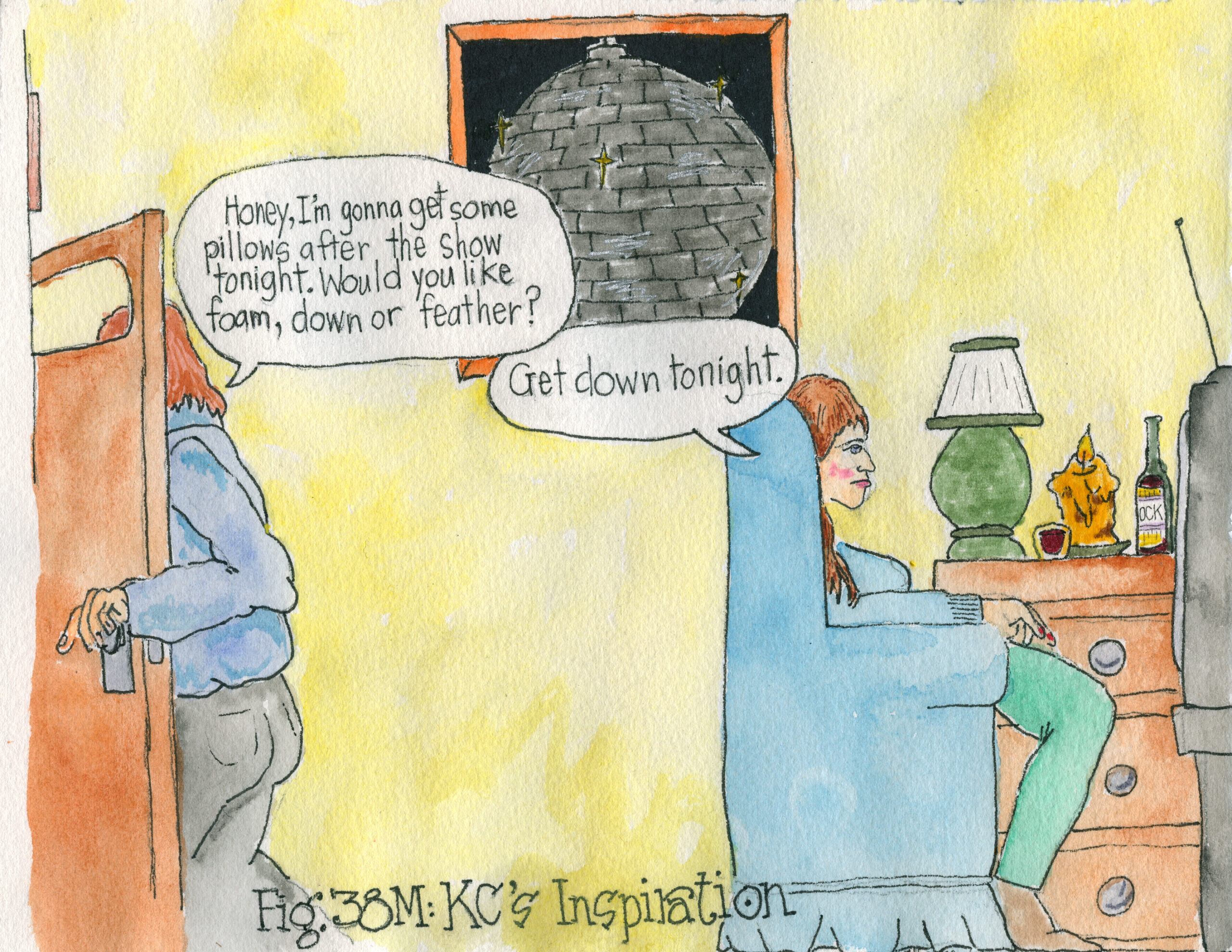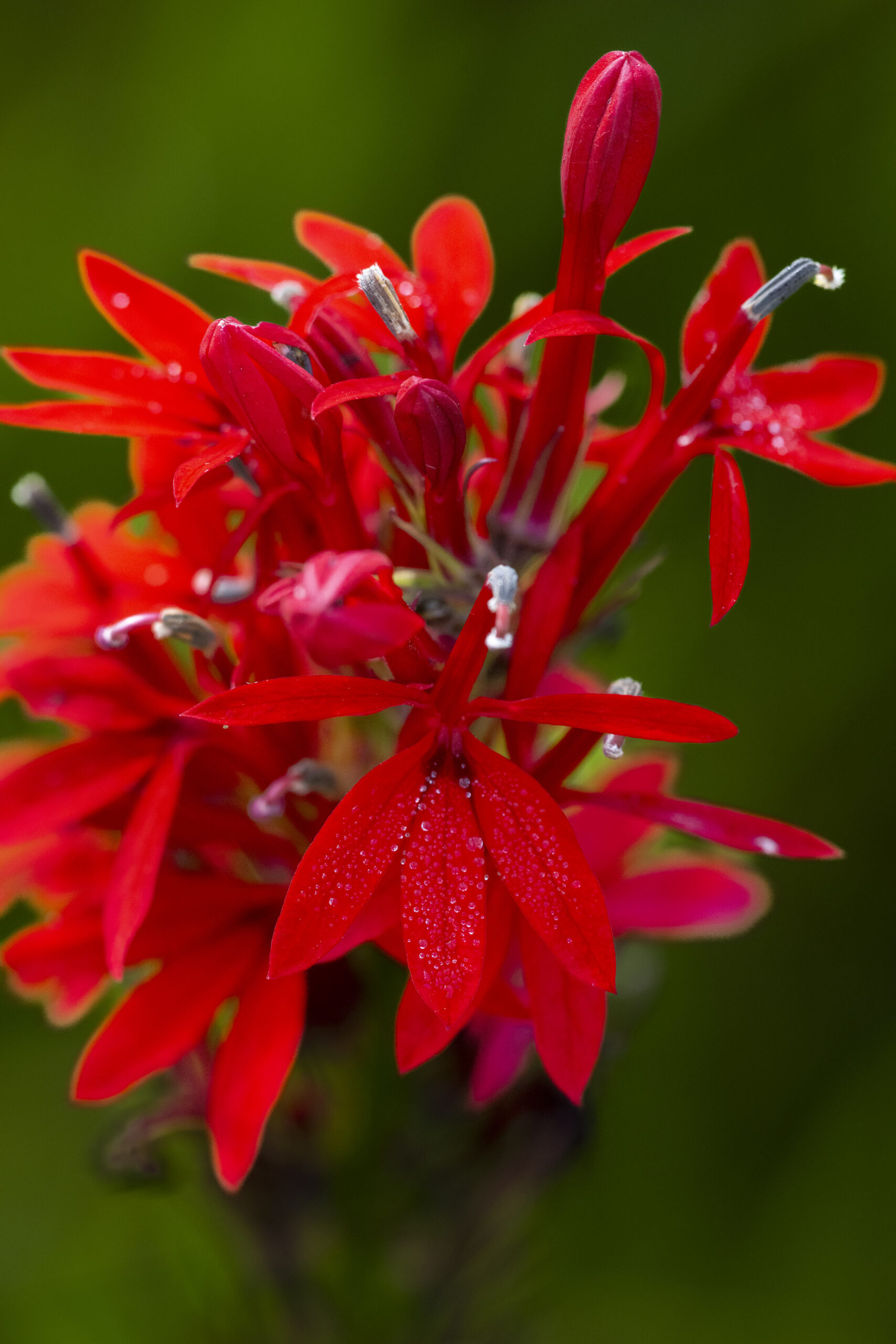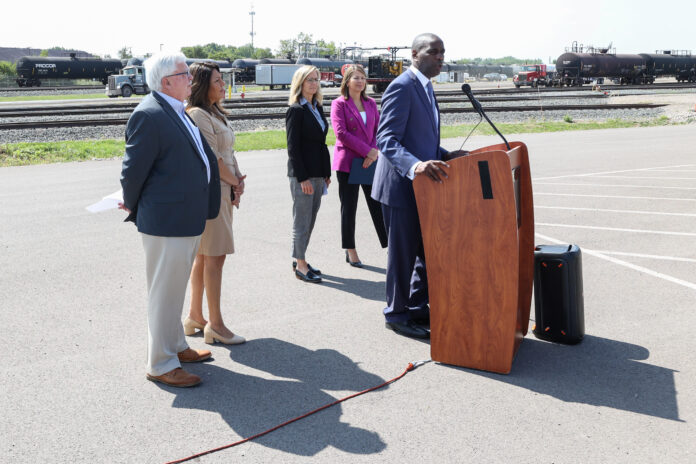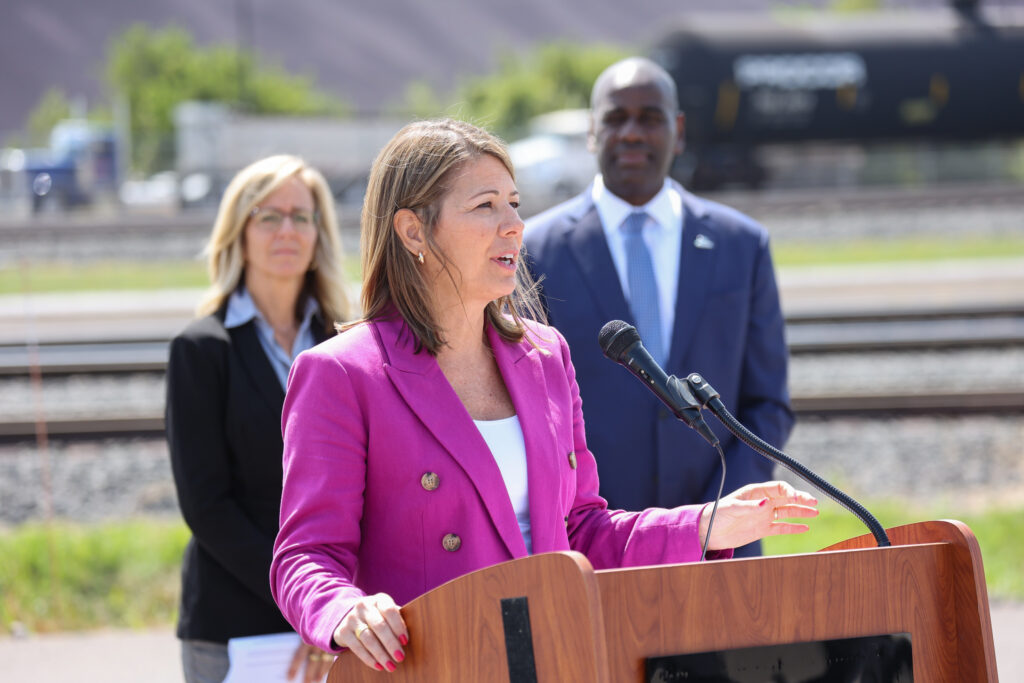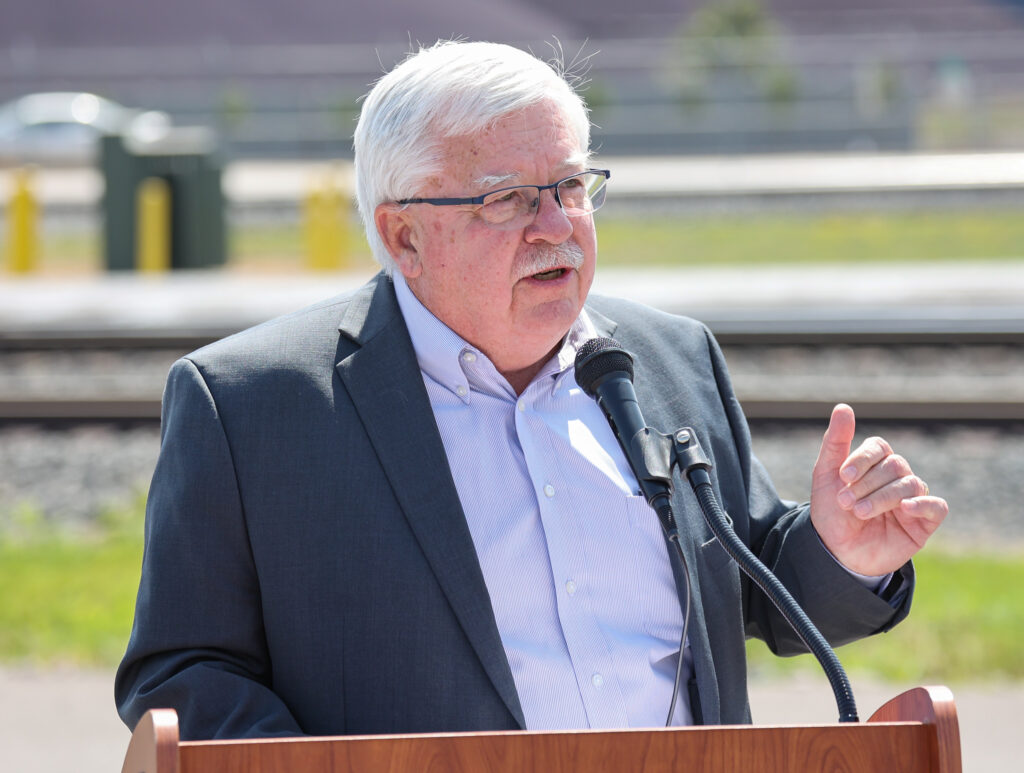Anthony Wayne Trail prairie mow angers residents
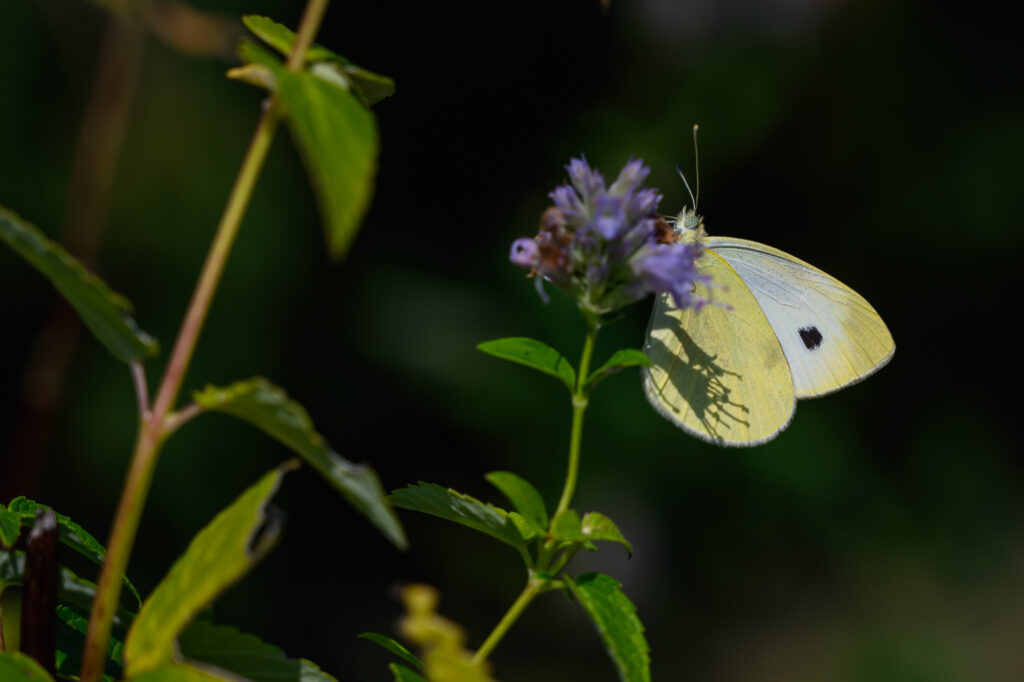
Northwest Ohioans are so lucky to experience the diverse wildlife found within the Great Lakes Basin, with ecosystems that include the Lake Erie Coastal Zone, the Oak Openings Region, the Great Black Swamp and the Maumee River.
TOLEDO – I have always had a deep love and respect for the outside world. Growing up, I remember going to Maumee Bay, Magee Marsh and Crane Creek with my family to walk the trails, watch for migratory birds and walk along the Lake Erie shoreline.
Now, as an adult, I keep a garden, continue to enjoy our city’s many wonderful metroparks, such as Wildwood, Side Cut and Oak Openings. I also pick up litter wherever I go. Our small but diverse ecosystem is vitally important because we host a plethora of pollinator and migratory bird species.
Annually, 70,000 to 80,000 people visit Magee Marsh in the six-week period mid-April through May during the songbird migration.
-metroparkstoledo.com
In order for these birds to make such a long and treacherous migration, many native plant species and pollinators are needed to support the vast number of birds. Our area is home to many different species of bees and butterflies, including the rare Karner blue butterfly, which is endangered due to habitat loss.
Like the Karner blue butterfly, honeybee populations are also declining around the world due to use of pesticides and colony collapse disorder. Farmers and gardeners alike rely on honeybees in order to pollinate crops. If honeybees were to become extinct, our crops could not be pollinated enough to support us.
A little over a decade ago, the Toledo Zoo showed its dedication to conservation efforts through the establishment of the Wild Toledo program.
In the fall of 2014, Wild Toledo began converting previously mowed lawn and abandoned lots to environmentally beneficial urban prairies, which save resources through reduction of mowing, improve rain water management and reduces runoff. These plantings also provide aesthetically pleasing habitat for important native species like birds and pollinators.
-toledozoo.org
The benefits of planting these prairies include increasing pollinator population, decreasing carbon dioxide, reducing runoff, creating resting spots for migratory birds, reducing upkeep, creating sources of beauty, increasing food sources and increasing habitats in general.
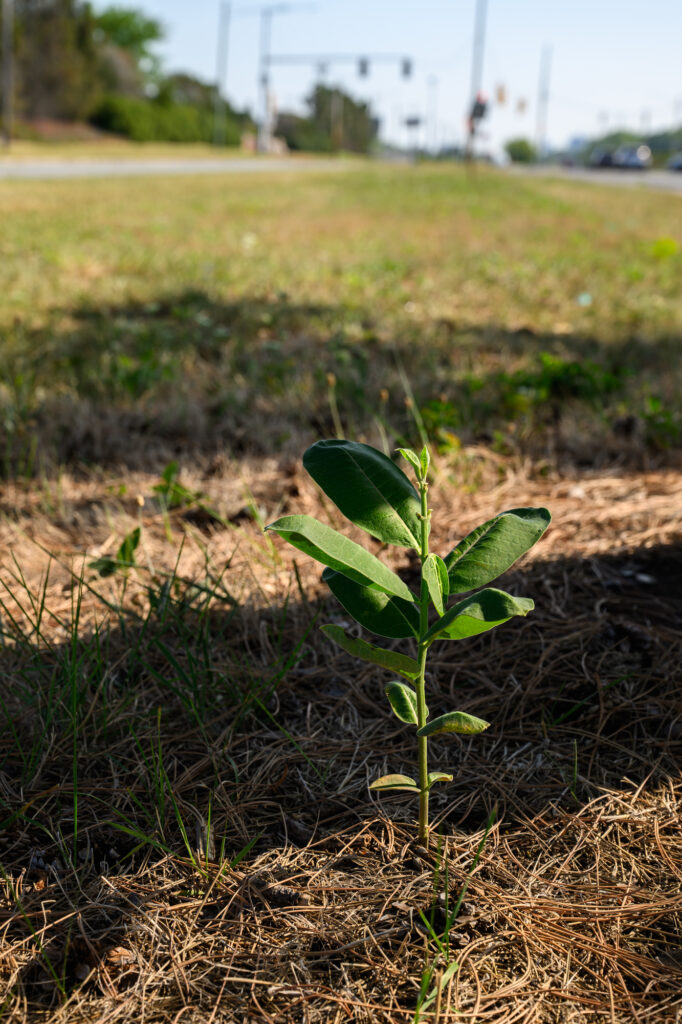

The Anthony Wayne Trail has been a dedicated prairie since the Wild Toledo program began, but it has since been mowed down by the City of Toledo, which has upset many citizens.
A video from the Toledo Zoo was uploaded to their Facebook page on August 23 as a response to concerns over the missing prairie. Dr. Ryan Walsh, director of Plant Conservation, stated that “the Anthony Wayne Trail prairie is one of the first prairie Wild Toledo put in over a decade ago and it was, by all accounts, one of our most successful at this point. That prairie was pretty much self-sufficient,” he said. “It required very little maintenance on our part because, once a prairie’s reached a certain size, they will actually outcompete all the weeds, and there’s very little maintenance that needs to be done.”
Walsh added that the prairie was a collaboration with the city, as it is their land being used. “Unfortunately, the City of Toledo decided they did not like look of the prairies. They did not like the fact that it was providing ecosystem services and they wanted to take this in a different direction.”
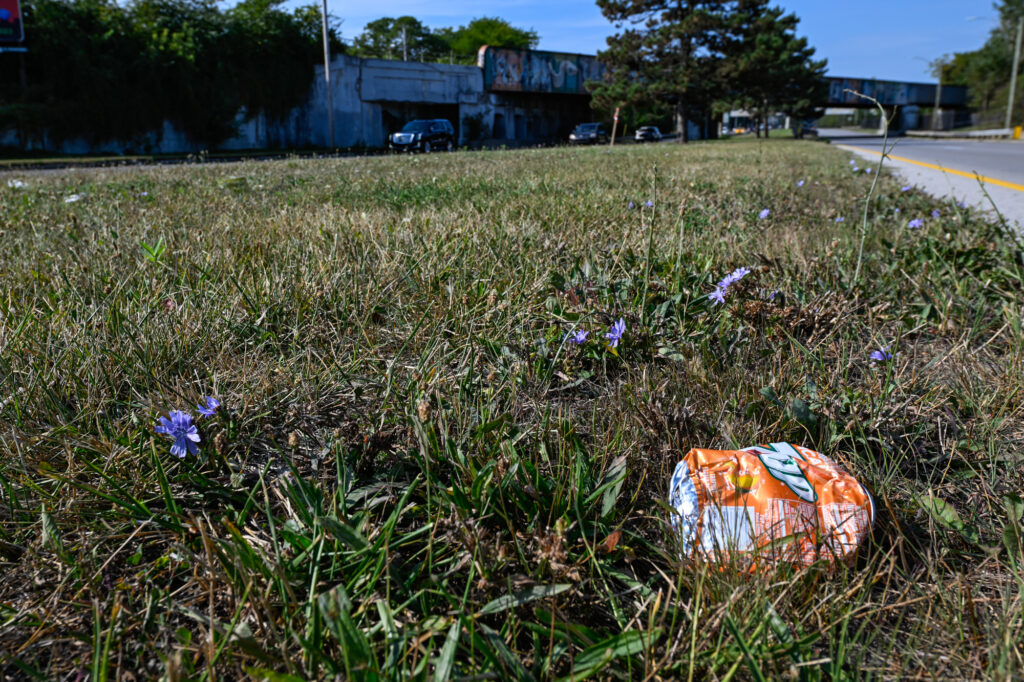

According to news reported by 13abc, the city had been getting complaints about the appearance of the prairie. Some citizens believed the prairie to be weeds and wished to see grass rather than the diverse prairie. The news station also stated that the city wished to work with the zoo in order to establish a project where seasonal wildlife would be planted, but the zoo did not wish to respond.
Walsh went on to explain that the city didn’t have to spend money mowing the prairie. That’s actually saving tax payer dollars in the interest of conservation and creating habitat, in comparison to formal landscaping, which would be 30 to 40 times more expensive as a prairie instillation or mowing alone.
“So, there’s less time, effort, money and CO2 going into the atmosphere,” said Walsh.
It is extremely disheartening to me to see how the city has handled this situation. The zoo has been working hard to raise awareness about the importance of these prairies. The response from citizens has been plentiful, as people are upset over the actions of the city for their environmental negligence.
I, and many others, would like to see the city leave the prairies alone and let the zoo keep up their conservation efforts. It is important to keep these designated wildlife habitats so that we may live in a cleaner and healthier environment. This is not only vital for us right now, but for our future generations.
If you would like to start your own native wildlife garden or habitat, there are seeds and plants for purchase on the Toledo Zoo website.
We may do better in Toledo, but I hope our native pollinators can too.
